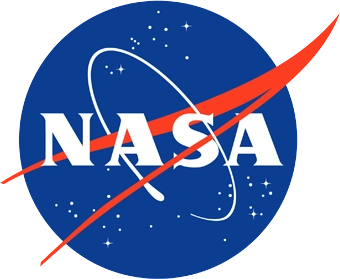Infra-Red Radiometry and Spectroscopy
Solar System: Remote Sensing
Development of infra-red radiometers and Fourier transform spectrometers for remote sensing of planetary atmospheres.
Net Flux Energy in Planetary Atmospheres
Solar System: Uranus
Development of advanced net flux radiometers for studying the atmospheric (thermal) structure of planetary atmospheres, in particular to, (i) determine the planet’s atmospheric heat balance and (ii) determine the planet’s tropospheric 3-D flow.
Time Resolved Raman and Photoluminescence Spectroscopy
Solar System: Planetary surfaces
Development of instrumentation to carry out in-situ time-resolved Raman and photoluminescence (PL) spectroscopy, of samples collected from planetary regoliths, to discover, if present, the types and distribution of biotic and abiotic organic compounds, measure CHNOPS containing organics and minerals and correlate them to radiolysis processed and textural features.
Non-Dispersive Infra-Red Gas Analyzer
Solar System: Comets
We are designing and building a Non Dispersive Infra-Red Gas Analyzer (NDIRGA) for the New Fontiers CAESAR project (Pre-Phase A), that uses a measurement scheme based on the Beer-Lambert Law. The NDIRGA is used to measure H2O and CO2 partial pressures between the SCS and GCS and uses two redundant 4-channel (quad) thermopile detectors with 2.7-μm and 6.6-μm H2O absorption band, 4.0-μm reference filter and 4.2 µm CO2 absorption band, each paired with redundant IR sources. Knowledge of the water vapor partial pressure will ensure that we avoid reaching the triple point of water (within the P-T range 3 Torr @ 268 K and 16 mTorr @ 218 K). The measurement uses a collimated pulsed IR light source focused onto the quad thermopile detectors with IR bandpass filters in front of them. The absorbed IR light on the thermopiles generate small thermoelectric voltages that are amplified and digitized by a multi-channel digitizer (MCD) ASIC. The 20 bit digitized signals from the MCD ASIC are communicated to the FPGA board in the MEB for further data processing.
